- Water Testing Meters
- Anemometer
- Length & Distance Meter
- Multimeter & Clamp Meter
- Light and Sound Meter
- Slide Calipers & Screw Gauge
- Thermometer & Hygrometer
- Milk Testing Meters
- Paper, Grain & Wood Testers
- Stopwatch & Timers
- Soil Testing Meters
- Refractometers & Analyzer
- Magnetic Compass
- Tachometer & Megger
- Thickness & Dia-Meters
- Other Meter And Accessories
Ammonium Acetate 500gm Merck, India
৳ 950.00
- Ammonium Acetate (Lab Grade)
- Pack Size 500g Per Pack
- Brand: Merck
- Made in India
SKU:
71674
Category: Lab Chemicals
Tags: Ammonium Acetate, Chemical Price in BD, Lab Chemicals, Lab Reagents
Description
Ammonium acetate is a colorless, hygroscopic solid that is commonly used in various analytical and laboratory applications. It is the ammonium salt of acetic acid and is soluble in water and ethanol, making it versatile for a range of uses in chemistry.
CAS #: 631-61-8, Molar Mass: 77.08 g/mol, Grade: ACS,Reag. Ph Eur, Chemical Formula: CHCOONH, Hill Formula: CHNO, EC Number: 211-162-9
Specifications of Ammonium Acetate:
- Recomended for analysis
- Assay (acidimetric) 98.0 %
- Insoluble matter 0.005 %
- pH-value (5 %; water, 25 C) 6.7 – 7.3
- Chloride (Cl) 0.0005 %
- Nitrate (NO) 0.001 %
- Sulfate (SO) 0.001 %
- Heavy metals (as Pb) 0.0002 %
- Ca (Calcium) 0.001 %
- Fe (Iron) 0.0002 %
- Substances reducing potassium permanganate (as formic acid) 0.005 %
- Residue on ignition (as sulfate) 0.01 %
- Water 2.0 %
- Corresponds to ACS
Applications of Ammonium Acetate
- Buffer Solutions: Ammonium acetate is frequently used to prepare buffer solutions in biochemical and molecular biology experiments due to its ability to maintain pH stability.
- Chromatography: It is employed as an ion-pairing agent in chromatography, particularly in high-performance liquid chromatography (HPLC), to enhance the separation of analytes.
- Protein Purification: In proteomics, ammonium acetate is used in the precipitation and purification of proteins, as it can facilitate the selective precipitation of proteins from solution.
- Mass Spectrometry: It serves as a matrix material in mass spectrometry, helping to enhance the ionization of analytes.
- Chemical Synthesis: Ammonium acetate is involved in various chemical reactions as a reagent.
Handling and Safety
- Personal Protective Equipment (PPE): Use gloves, safety goggles, and lab coats when handling ammonium acetate.
- Storage: Keep in a cool, dry place, in a tightly sealed container, away from incompatible substances.
- Disposal: Follow local regulations for chemical waste disposal.
Analysis
- Purity Testing: Methods like titration or chromatography can be employed to determine the purity and composition.
- pH Measurement: Prepare a solution to measure its pH, ensuring it meets the required specifications for your application.
Ammonium acetate (500 g) is a valuable chemical in analytical laboratories, particularly for its role in buffering, chromatography, and protein studies. Proper handling and adherence to safety protocols are essential for effective use.

Additional information
| Weight | 0.5 kg |
|---|
Reviews (0)
Only logged in customers who have purchased this product may leave a review.
About brand
Merck is a global science and technology company, with a history spanning over 350 years, focused on healthcare, life science, and electronics, known for developing medicines, vaccines, and other innovative solutions. Merck aims to enable a safe, sustainable, and healthy future for all people and communities.Labtex Bangladesh is a seller, supplier and stockist of Merck brand chemicals and reagents in Bangladesh. We have home delivery service all over the Bangladesh.
Shipping & Delivery
Delivery within 1-3 working days in Dhaka City and 3-5 working days anywhere in Bangladesh.
Disclaimer and Declaration
We are using this website as a catalog or brochure to represent our company in the digital world. Here displayed products and the physical products may slightly vary due to the deviation of lighting sources, photography, or your device display settings. And to improve product quality and prevent counterfeiting, actual products may vary, which may not match the image shown here. And here prices shown may be changed depending on the market price. And all prices are without VAT and AIT. Displayed on this website are not our ready-stock products, but we can deliver within the due time, which means delivery within 1-3 days in Dhaka city and within 3-5 days anywhere in Bangladesh.N.B.: We can’t deliver liquid products outside of Dhaka City. Please don’t place an order for liquid products from outside Dhaka City.Special Caution: None of our chemicals is suitable for human consumption or use in food. These are only for Research and Analysis.
Website Disclaimer:
This website may use some copyrighted materials without specific authorization of the owner, but the contents used here which is under the “Fair Use” of website content Policy. Copyright Disclaimer Under section 107 of the Copyright Act 1976, allowance is made for “fair use” for purposes such as comment, news reporting, teaching, scholarship, research, and analysis. Fair use is a use permitted by copyright statute that might otherwise be infringing. Non-profit, educational, training, experimental, or personal use tips the balance in favor of fair use. If you have any complaints about our content or find any content, image, video, or text that is copyrighted by you and want to remove it from this website, please feel free to email us at Labtexbangla@gmail.com. Those contents will be removed from this website.বি: দ্র: আমাদের অফিস থেকে সরাসরি পণ্য নেওয়ার ক্ষেত্রে, আমাদের অফিসে আসার নূন্যতম ৩ ঘন্টা আগে ফোনে জানিয়ে আসতে হবে। নতুবা ততক্ষনাৎ অফিস থেকে পণ্য দেওয়া সম্ভব হবে না।বিশেষ সর্তকতাঃ আমাদের কোনও রাসায়নিকই মানুষের ব্যবহারের জন্য বা খাবারে ব্যবহারের জন্য উপযুক্ত নয়। এগুলি কেবল গবেষণা এবং বিশ্লেষণের জন্য।




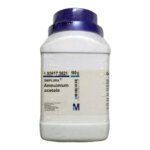
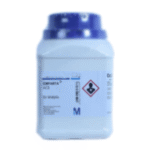

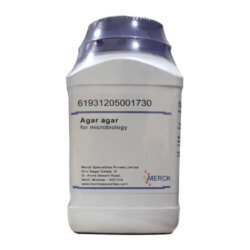
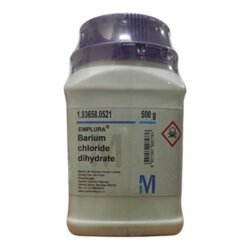
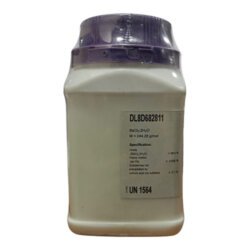

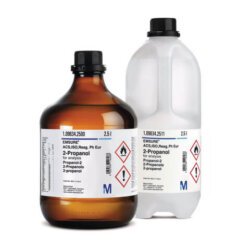
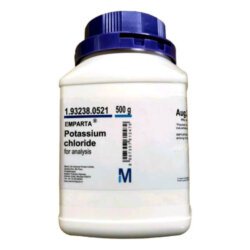
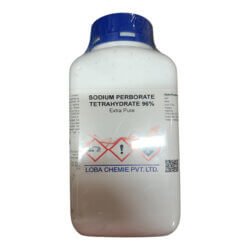
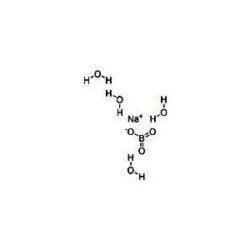
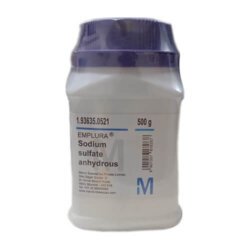
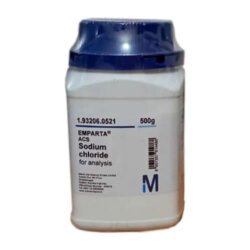
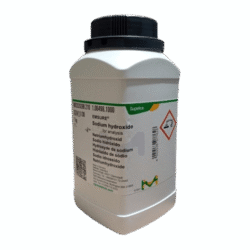

Reviews
There are no reviews yet.